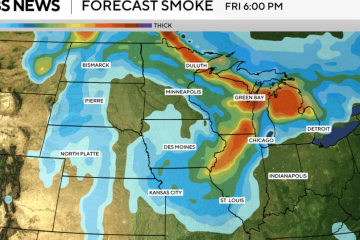The Growing Concern of PFAS: What You Need to Know

Introduction to PFAS
Per- and polyfluoroalkyl substances, commonly known as PFAS, represent a significant environmental and public health concern in Canada and globally. These synthetic chemicals, found in various products for their water- and grease-resistant properties, have been associated with adverse health effects. As awareness of PFAS contamination rises, understanding their implications is crucial for public safety and environmental protection.
What are PFAS?
PFAS are a group of over 4,700 chemical compounds that have been used since the 1940s. They are prevalent in items such as non-stick cookware, water-repellent clothing, food packaging, and firefighting foams. Their unique chemical properties make them highly effective, but they also result in persistent pollution pathways in the environment.
Health Risks Associated with PFAS
Recent studies have linked PFAS exposure to various health issues, including immune system dysfunction, hormonal changes, elevated cholesterol levels, and increased risk of certain cancers. Notably, the long half-life of PFAS in the human body means that they can accumulate over time, raising concerns for populations living near contaminated sites.
Regulatory Actions and Research Efforts
In Canada, efforts to address PFAS contamination have gained momentum. The federal government has been conducting risk assessments and monitoring the presence of these substances in the environment. Some provinces have enacted restrictions on the use of PFAS-containing products. The Government of Canada released draft regulations aiming to prohibit the sale and import of specific PFAS in consumer products, showing a commitment to protecting public health.
Community Impact and Advocacy
Communities across Canada have mobilized in response to PFAS pollution, advocating for stricter regulations and clean-up efforts. As new data emerges about the extent of PFAS contamination, public pressure is mounting on both industrial producers and governmental agencies to take necessary actions to safeguard the environment.
Conclusion: The Future of PFAS Regulation and Education
The issue of PFAS is an evolving challenge that necessitates continued research, regulation, and community engagement. As Canadians become more informed about the risks associated with PFAS, it is crucial for individuals and policymakers to promote safer alternatives and implement effective measures to mitigate further contamination. With concerted efforts at local and national levels, there is hope for a future where the impacts of PFAS are minimized, protecting both health and the environment.









